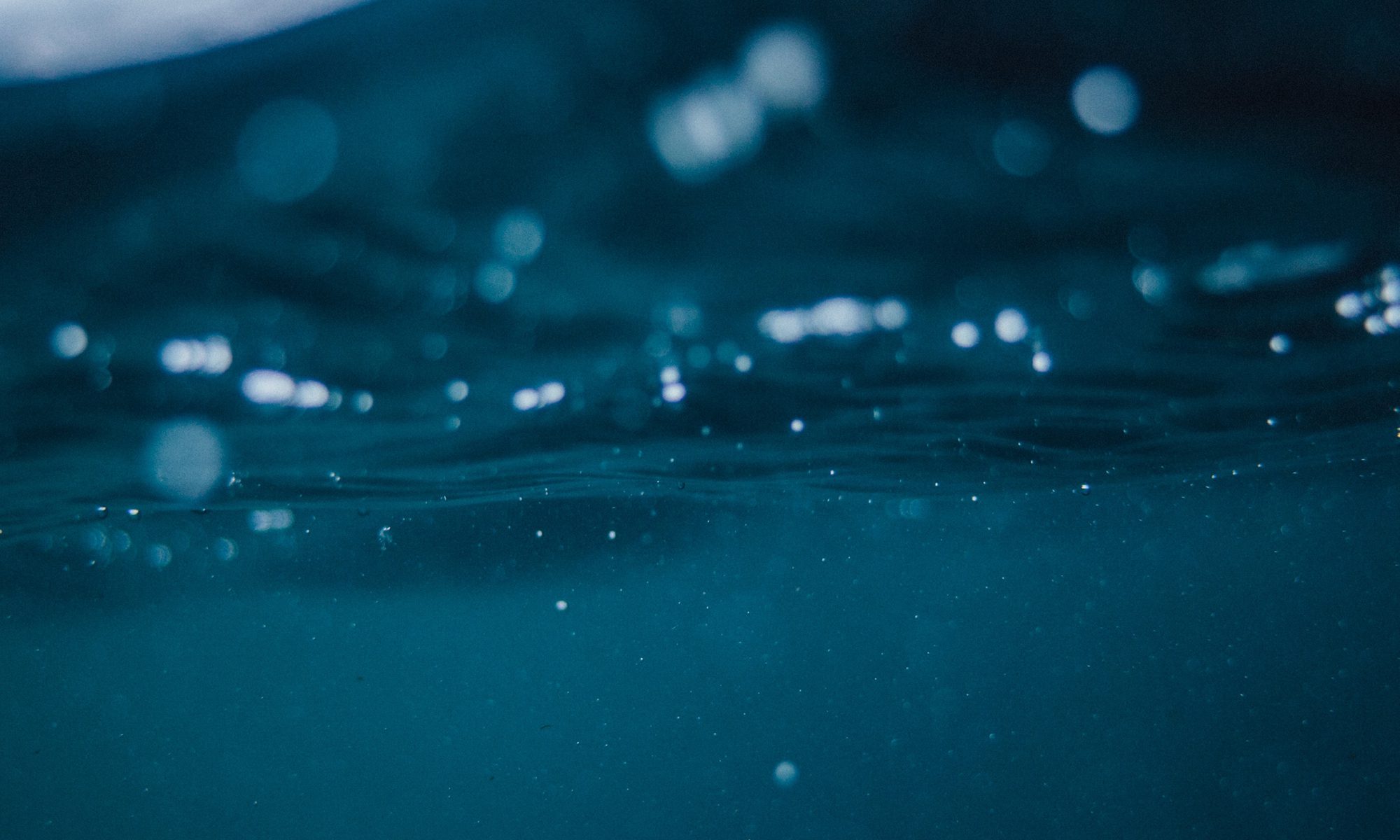First lesson of Foundation 2D mentioned Mark Making.
First Thought: WHAT IS THAT?! O.O
Mark making is a term used to describe the different lines, patterns, and textures we create in an artwork. It applies to any art material(s) we use on any surface(s), not only paint on canvas or pencil on paper.
Mark Making techniques:

Medium & Tools examples:



So basically we can use almost anything to do an art piece. Some artists reference were given to do a research.

- Ed Moses Drawings from 1960 and 70s
Ed Moses has been a significant figure in the development and history of art in Los Angeles since his first monographic exhibition at the Ferus Gallery in 1958. His unconventional materials and techniques led him to a unique mode of expression grounded in graphic experimentation, which included large floral graphite drawings from the 1960s to his signature diagonal grids of the 1970s.
“Moses’s commitment to drawing suggests an assertion of the handmade in the face of pervasive technological growth and development,” said Leslie Jones, curator of Prints and Drawings at LACMA. “He proclaimed drawing’s viability as a medium of exploration and innovation, even at the most unlikely time and place, helping to establish drawing as a medium with a future as well as a past.”
Chrysanthemum Diptych from 1961 is Moses’s first works centered on a floral motif.

Ed Moses, Rose Screen, 1963
Moses’s selection of the flower as a pattern, however, was less about its connotations than its inherent potential for repetition, which provided a template for his mark making. Moses’s drawings seem to be perpetually in progress. This unfinished quality also characterizes his approach to displaying artwork.
Moses’s interest in the geometry of the grid may also relate to his exploration of architecture, which led to the construction of buildings in the mid-1960s, as well as the “deconstruction” of Mizuno Gallery in 1969. In that pioneering installation piece, Moses removed part of the wall and gallery roof, exposing the wood slats so light could make diagonal patterns on the floor and walls.
Diagonal grids dominate in Moses’s work beginning in the mid-1970s. The grids, whether ink on paper or acrylic on canvas, were executed with the same tools and methods of chance and repetition that characterized his drawings of the ’60s. Since then, Moses has constantly altered his aesthetic, experimenting with assemblage, installation, and printmaking, and exploring new techniques and materials.

LeWitt is regarded as a founder of both Minimal and Conceptual art. His prolific two and three-dimensional work ranges from wall drawings (over 1200 of which have been executed) to hundreds of works on paper extending to structures in the form of towers, pyramids, geometric forms, and progressions.
LeWitt’s works embody his guiding principle that “once the idea of the piece is established in the artist’s mind and the final form is decided, the process is carried out blindly.”
In 2005 LeWitt began a series of ‘scribble’ wall drawings. The scribbling occurs at six different densities, which are indicated on the artist’s diagrams and then mapped out in string on the surface of the wall. The gradations of scribble density produce a continuum of tone that implies three dimensions. According to the principle of his work, LeWitt’s wall drawings are usually executed by people other than the artist himself.
The wall drawings, executed on-site, generally exist for the duration of an exhibition; they are then destroyed, giving the work an ephemeral quality.

- Gunpowder Drawings by Cai Guo-Qiang
Cai initially began working with gunpowder to foster spontaneity and confront the suppressive, controlled artistic tradition and social climate in China. While living in Japan from 1986 to 1995, Cai explored the properties of gunpowder in his drawings, an inquiry that eventually led to his experimentation with explosives on a massive scale and the development of his signature “explosion events”. In 1995, he moved to New York with a grant from the New York-based Asian Cultural Council, an international organization that promotes artistic exchanges between Asian countries and the United States.
A very lengthy first post!
Till next time! Ciao!














































